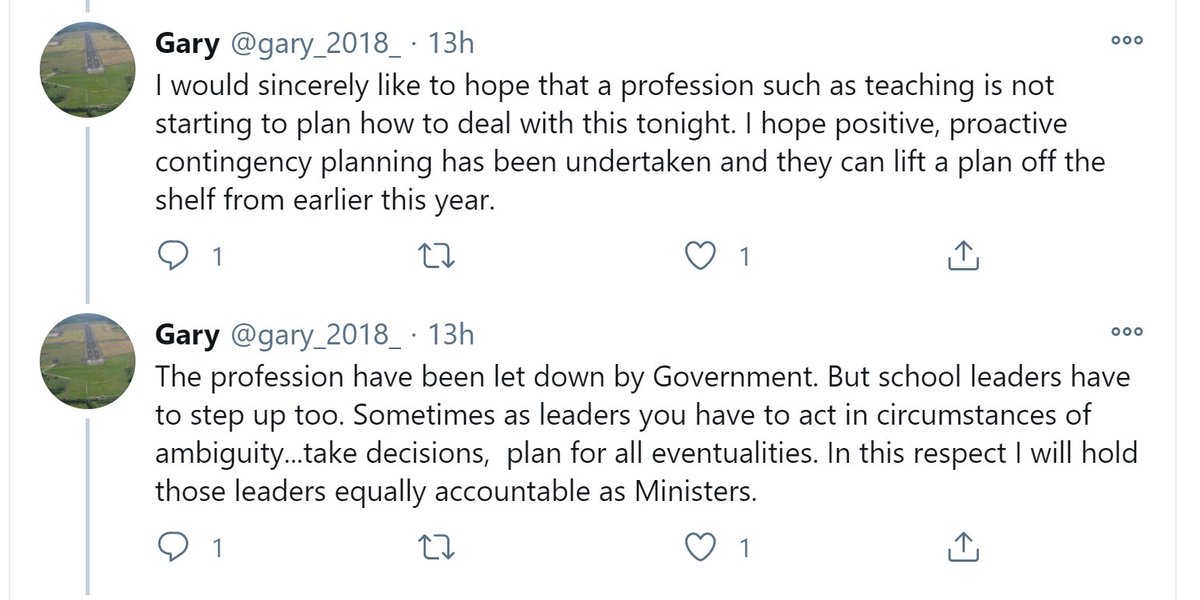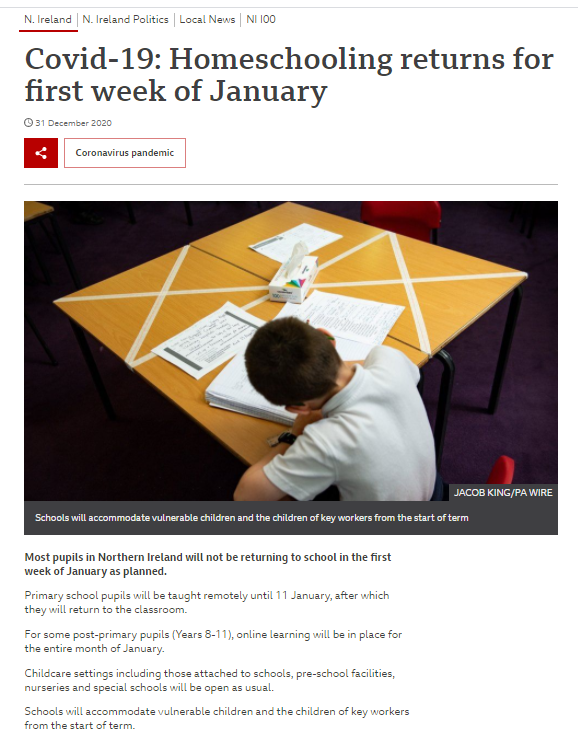
1/ How do we move on from outdated and overly simplified models of mantle convection?
A thread 🧵
Modern tomography suggests mantle convection is best *not* seen as large, simple cells like this (and like seen in many textbooks!)
A thread 🧵
Modern tomography suggests mantle convection is best *not* seen as large, simple cells like this (and like seen in many textbooks!)
2/ Instead, it is a more chaotic affair, analogous to the difference between neat schematics of a depression, with everything neatly in the right place, and the complexity of actual atmospheric air motions.
3/ Indeed, computer modelling of possible convection over the course of billions of years reveals a complex interplay between subducting plates, rising mantle plumes & overall mantle movement.
4/ Given this, is it possible to suggest a model to help our pupils construct a meaningful & accessible schema?
This is my current attempt. It doesn't say everything that could be said, but I'm hoping it shows all that must be said.
This is my current attempt. It doesn't say everything that could be said, but I'm hoping it shows all that must be said.

5/ Having constructed & consolidated the schema, our pupils are then enable to - with appropriate scaffolding - explore the exciting world of the mantle by generating & interpreting their own tomography profiles.
atlas-of-the-underworld.org
atlas-of-the-underworld.org

6/ We aim high & scaffold up when teaching the General circulation of the atmosphere, applying the model to complex real world scenarios.
Why not take the same approach with mantle convection?
Are you up for the challenge?!
Why not take the same approach with mantle convection?
Are you up for the challenge?!
7/ Post Script
As this thread seems to have taken off a bit (and thanks to all who have stopped by!), you csn read more of my thoughts on how we might teach tectonics in school in my blog: "Acts of Geopoetry"
reflected857668995.wordpress.com/2021/06/28/act…
As this thread seems to have taken off a bit (and thanks to all who have stopped by!), you csn read more of my thoughts on how we might teach tectonics in school in my blog: "Acts of Geopoetry"
reflected857668995.wordpress.com/2021/06/28/act…
• • •
Missing some Tweet in this thread? You can try to
force a refresh
















